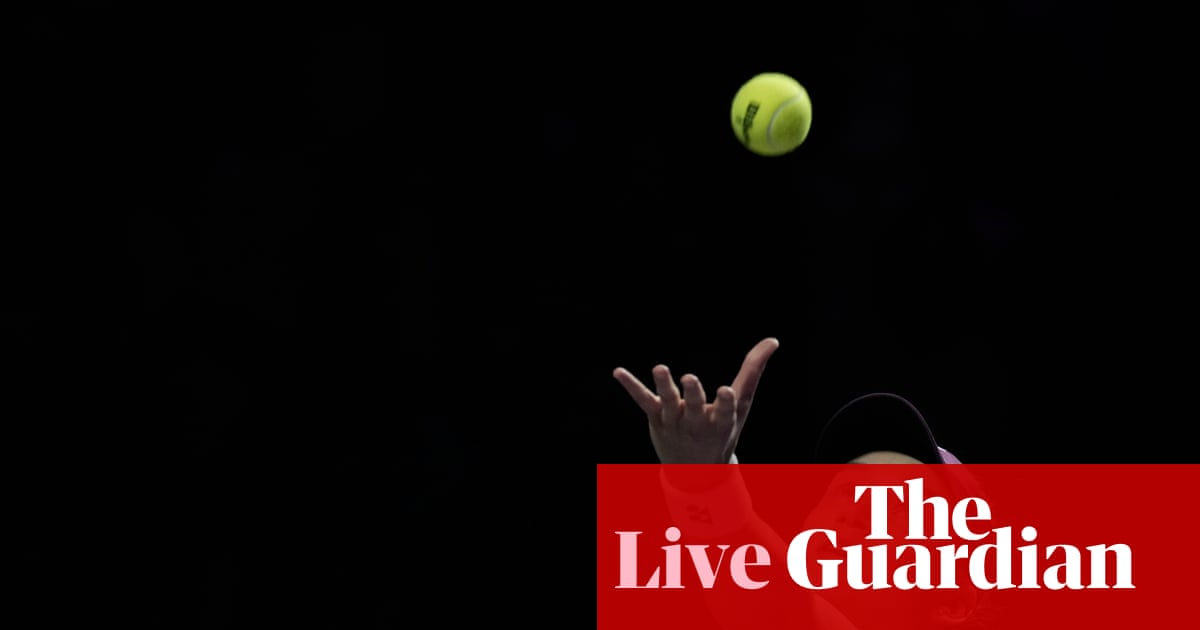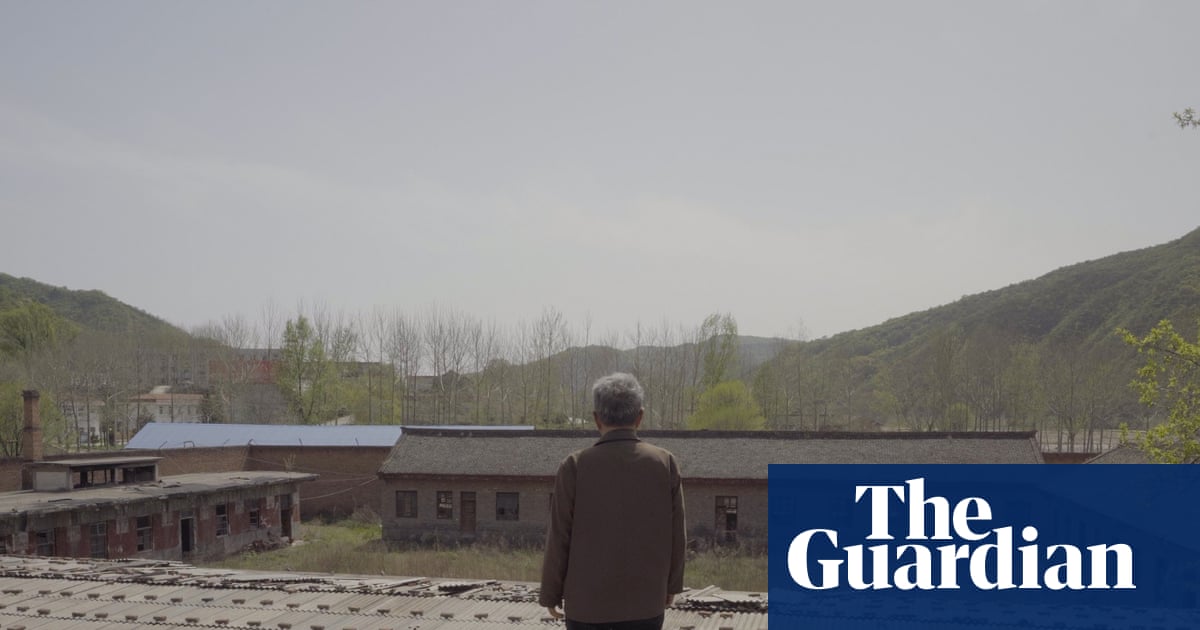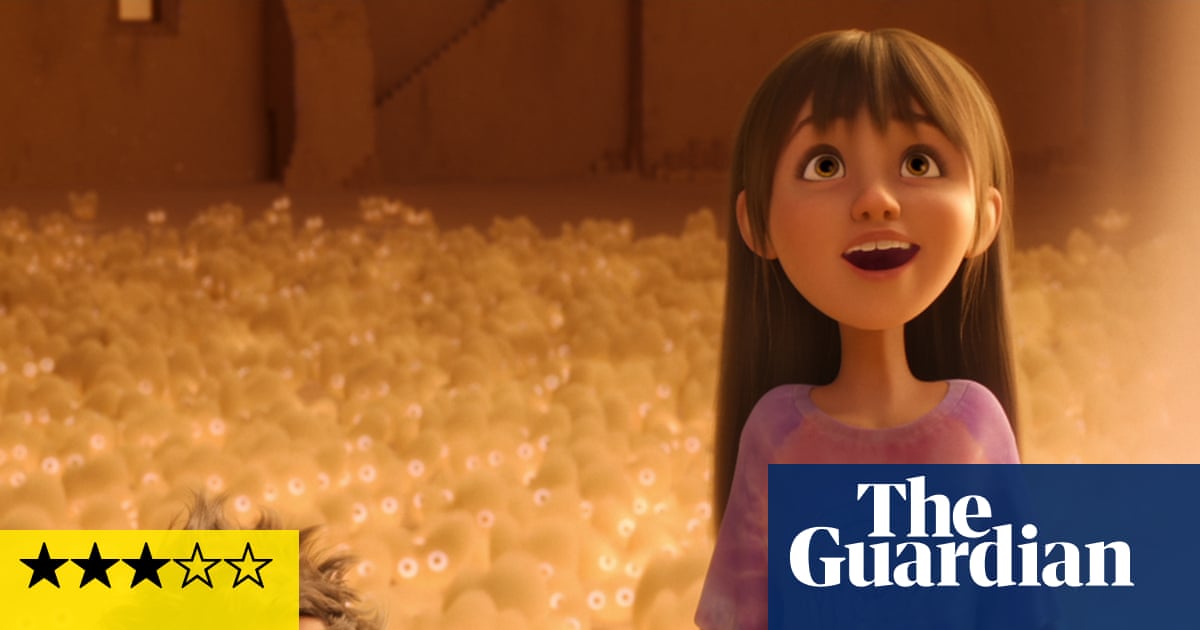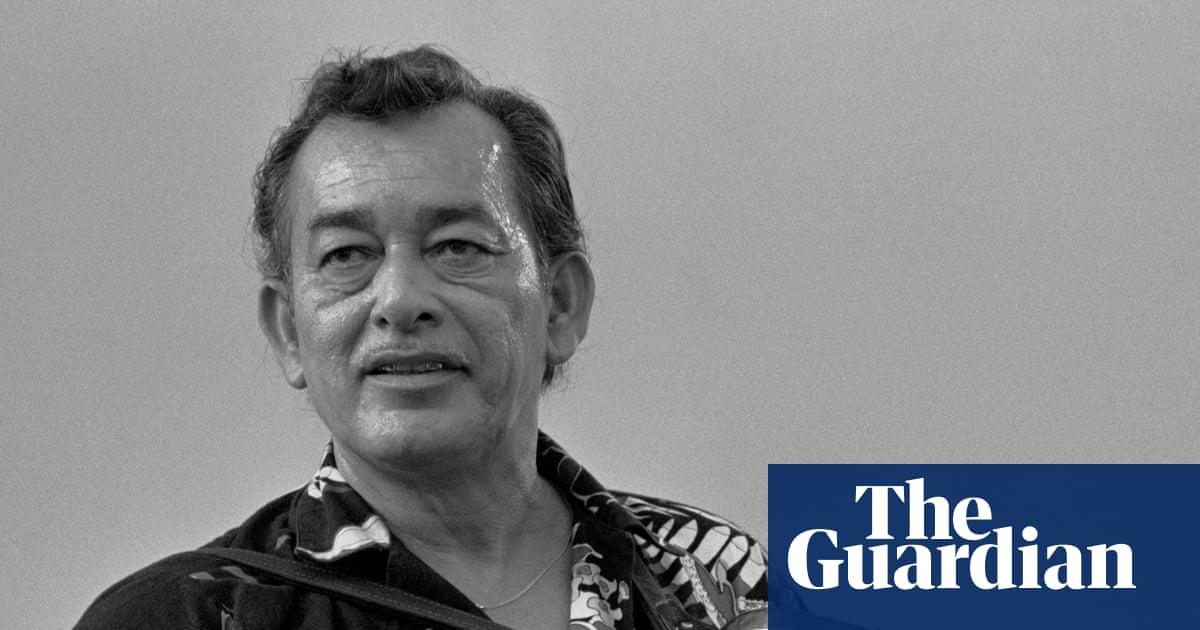A lot rests on Donkey Kong Bananza. As Nintendo’s first major single-player Switch 2 game, it will set the quality bar for the console in the way Breath of the Wild did when the original Switch was released. But as the latest game from the team responsible for the exceptional 3D Mario series, it is already begrudged by some Nintendo fans as a distraction: what could possibly be so exciting about a tie-wearing gorilla to justify making Bananza ahead of another Super Mario Odyssey?
Donkey Kong demolishes those concerns. He demolishes a lot in Bananza. It may resemble a Mario 64-style 3D platformer on the surface, with its themed worlds festooned with giant bananas to sniff out and collect, but DK’s fists show total disregard for the playground as built. All terrain is destructible. Mash the buttons and his powerful arms thump tunnels through hills, pound pristine lawns into muddy craters and tear up wodges of stone to swing as sledgehammers for even speedier landscaping. He is less a platforming mascot than a potassium-powered level editor.
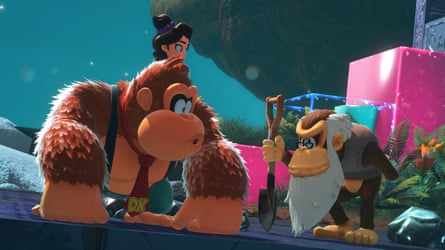
On a primal level, that’s almost enough to hold your attention. There’s an easy, repeatable joy in throwing a punch this well programmed: the jolt of pause as knuckles collide with rock, the snarl of Joy-Con 2 rumble, the way surfaces splinter before another hit brings down the entire wall. I can see Bananza having a second life as an executive stress reliever; a virtual rage room where you heave exploding boulders at cliffs to reduce them to pockmarked swiss cheese. You can even invite a co-op pal along to shoot projectiles from DK’s back and accelerate the chaos (or act as a devilish tag along to a player trying to avoid any carnage).
There is motivation behind the mayhem. The existing Kong clan (getting some choice cameos that channel the comic spirit of Rare’s Donkey Kong Country games) is expanded by villainous mining Kongs set on snagging a treasure at the planet’s core. En route they kidnap Pauline, the young singer whom Donkey Kong originally snatched in his arcade debut. But Kong and Pauline are on better terms here: she coaxes animal superpowers by belting out powerful earworms straight into his skull. If my plot recollection seems hazy, it’s only because it’s been supplanted in my mind by her Latin pop ditty about the joy of being a zebra.
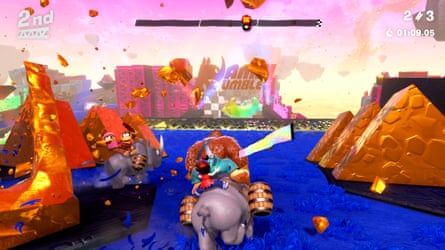
This is a strange world but an even stranger platforming proposition. How do you design obstacles for a hero who can tunnel under laser fences or jackhammer doorways through barriers that would have stopped Mario in his tracks? Truthfully, it takes a beat to find the answers. There is an initial mushiness to worlds that can be excavated from any angle. Sometimes you blindly mine into rewards intended for challenges you have not yet uncovered or parsed, and the haphazardness of these unearned prizes has you wondering, for a second, if the game’s freeform audacity rings as hollow as the caves you’re punching into existence.
But no. Later, rolling plains and jaunty lagoons make way for more dangerous landscapes, where solid ground protects you from poison swamps, icy lakes and lava. Down here, land is life, so your treatment of it becomes more deliberate, your strikes more surgical. When metal caterpillars gobble a wooden life raft or a pogoing menace punches through a platform you tenderised into a thin sliver, you suddenly appreciate the method in Nintendo’s morphable madness. Boss fights make exceptional use of fragile terrain, keeping DK from walloping chunks from their giant bodies by rendering arenas more and more uneven as fights unfold.
The only fumble in these later stages is the overpowered nature of the Bananzas themselves. These animal transformations imbue DK with speed, flight, strength and more, and when contained in the challenges or levels built for them they sing. You are reminded of Mario’s Odyssey possessions and how perfectly realised each of those physical sensations was. But taken out of that context – when returning to earlier stages to mop up collectibles, for example – they become instant win buttons, dulling the ingenuity of Nintendo’s platforming designs.
I’m not sure Bananza has the same legs as Mario Odyssey. Where that game blossomed in a rich, post-credit endgame, DK lives more in the moment: moving ever forward, chewing through new ideas and never stopping to pulverise the roses. Come the game’s epic climax, he has smashed through concrete, rubber, watermelon, ostrich eggs, entire Donkey Kong Country homages, glitter balls – even the NPCs he’s trying to protect. If the weight of Switch 2 does lie on his shoulders, that’s just one more tool to bash a hole in the universe. His appetite for destruction is infectious.

 3 months ago
101
3 months ago
101
